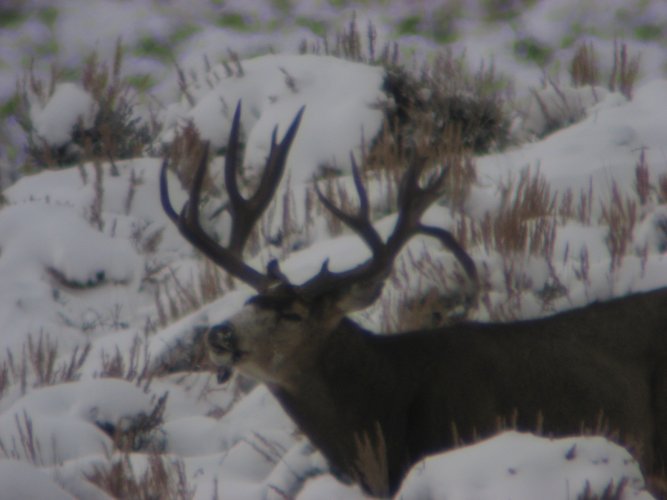rtraverdavis
Well-known member
- Joined
- Oct 20, 2016
- Messages
- 4,276
In 2009 here in Oregon we began the Mule Deer Initiative, which identified five management units which formerly held thriving deer populations that were now struggling. The plan of the Initiative was to implement a five-pronged strategy to increase the struggling deer herds to identify which methods were most effective for each specific area. The five methods were habitat management, predator management, disturbance/harassment management (seasonal TMAs and closures), increased anti-poaching efforts, and population management (higher scrutiny of the numbers and types of hunts available in each specific area with the object to increase buck:doe and fawn:doe ratios). At each five-year check-in since the Initiative began the efforts have shown to be a success, though not as drastic as we would hope—the MDI is working.
A summary of the latest MDI five-year check-in with links to each of the studies: https://www.dfw.state.or.us/resources/hunting/big_game/mule_deer/mdi.asp
But, to maintain these efforts and expand them to other units is expensive, and completely dependent on maintaining/increasing ODFW’s budget. To @Oak ’s point about needing all hunters on board, this means increasing license fees, which is something that many resident hunters absolutely whine and squeal about as if they’re going to have to take out a second mortgage to afford a tag. It is beyond frustrating that some cannot connect the dots between wanting better herd health and better hunting and the actual effort it will take to achieve those goals.
A summary of the latest MDI five-year check-in with links to each of the studies: https://www.dfw.state.or.us/resources/hunting/big_game/mule_deer/mdi.asp
But, to maintain these efforts and expand them to other units is expensive, and completely dependent on maintaining/increasing ODFW’s budget. To @Oak ’s point about needing all hunters on board, this means increasing license fees, which is something that many resident hunters absolutely whine and squeal about as if they’re going to have to take out a second mortgage to afford a tag. It is beyond frustrating that some cannot connect the dots between wanting better herd health and better hunting and the actual effort it will take to achieve those goals.





